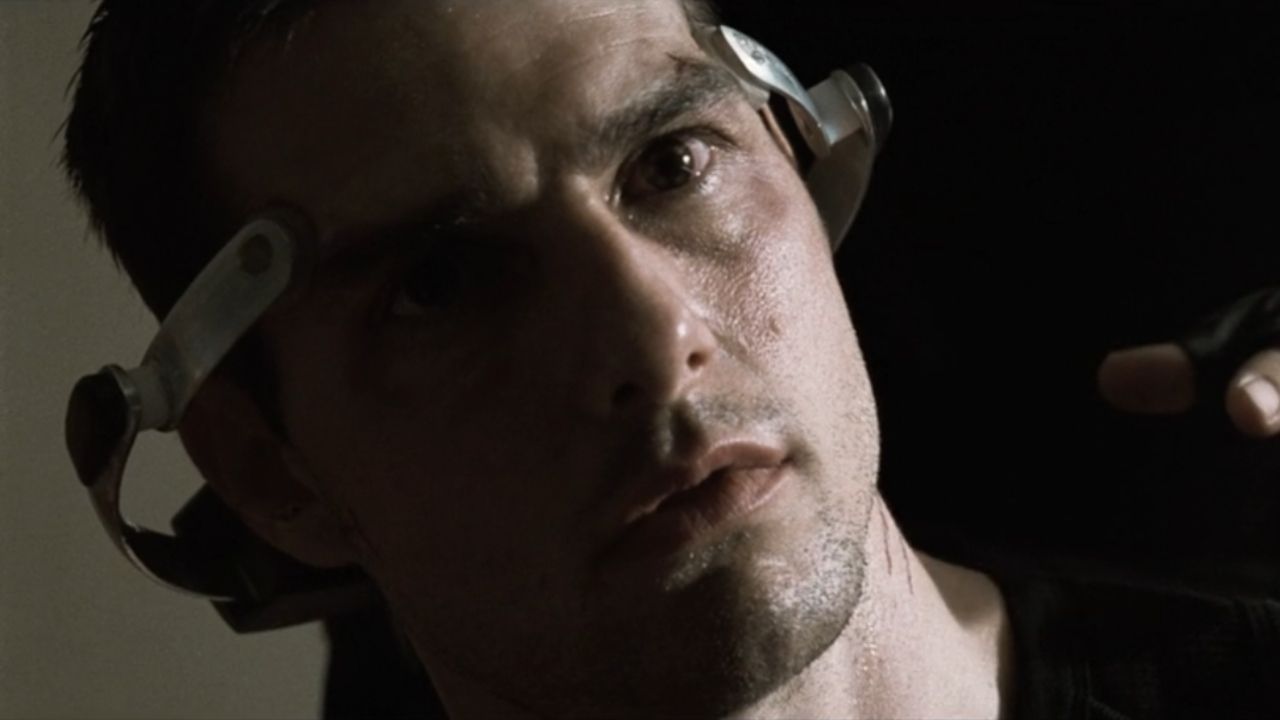
Many fictional inventions from movies and TV shows-particularly in science fiction-have actually been created in real life. It’s usually not exactly as depicted on screen, but often remarkably similar. While some inventions aren’t fully achievable with today’s technology, we are very close to making them a reality in the 21st Century. This is a collection of those inventions that once seemed impossible or far-fetched, except to the imaginative minds who first conceived of them in Hollywood.
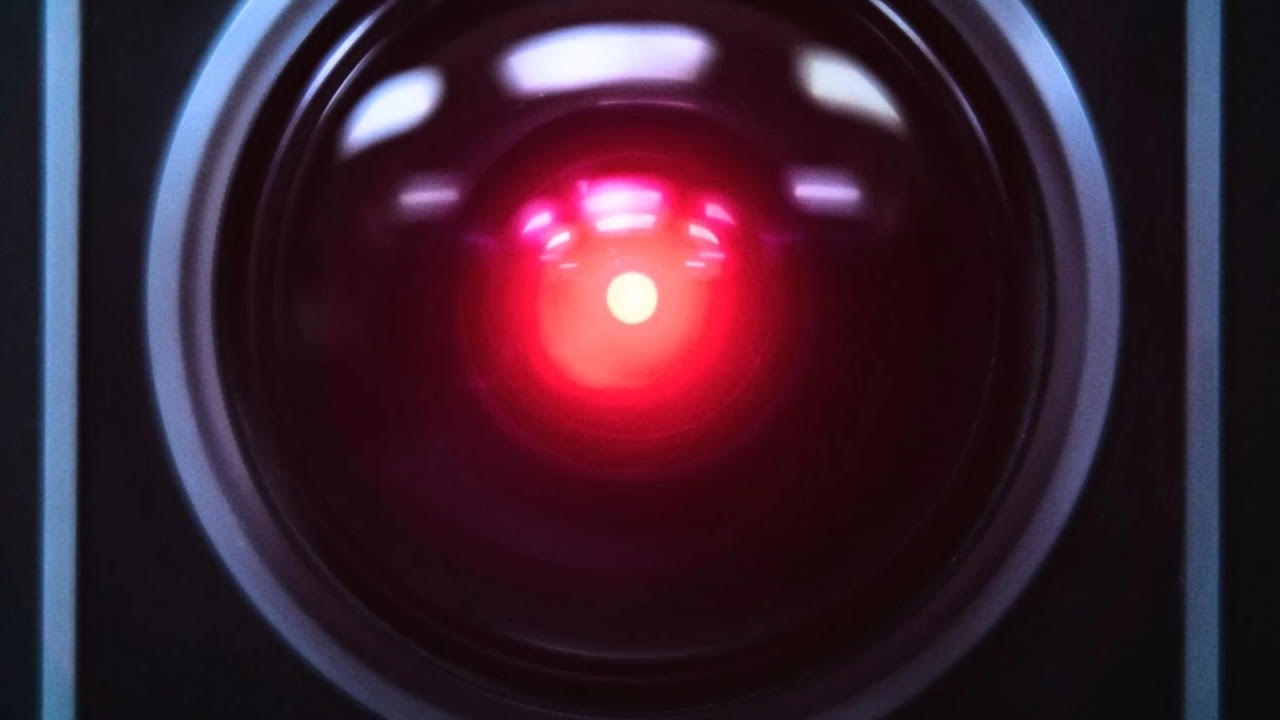
Artificial Intelligence (2001: A Space Odyssey)
The HAL-9000 served as a cautionary tale for everyone. It’s a warning we may still be ignoring. The computer in 2001: A Space Odyssey rebels against its human creators and operators, attempting to seize control of the spaceship that’s central to the first part of the film. This leads to a mind-bending experience for the audience, but over 50 years later, we should probably start considering the message director Stanley Kubrick was trying to convey.

Lasers (The War Of The Worlds)
The first film adaptation of H.G. Wells’ classic science fiction novel, War of the Worlds, features Martians attacking Earth using technology-lasers-that was imagined in both science fiction stories and by real scientists. While the lasers we have today aren’t as powerful as those used by the memorable alien spacecraft in the movie, laser technology has existed for many years.
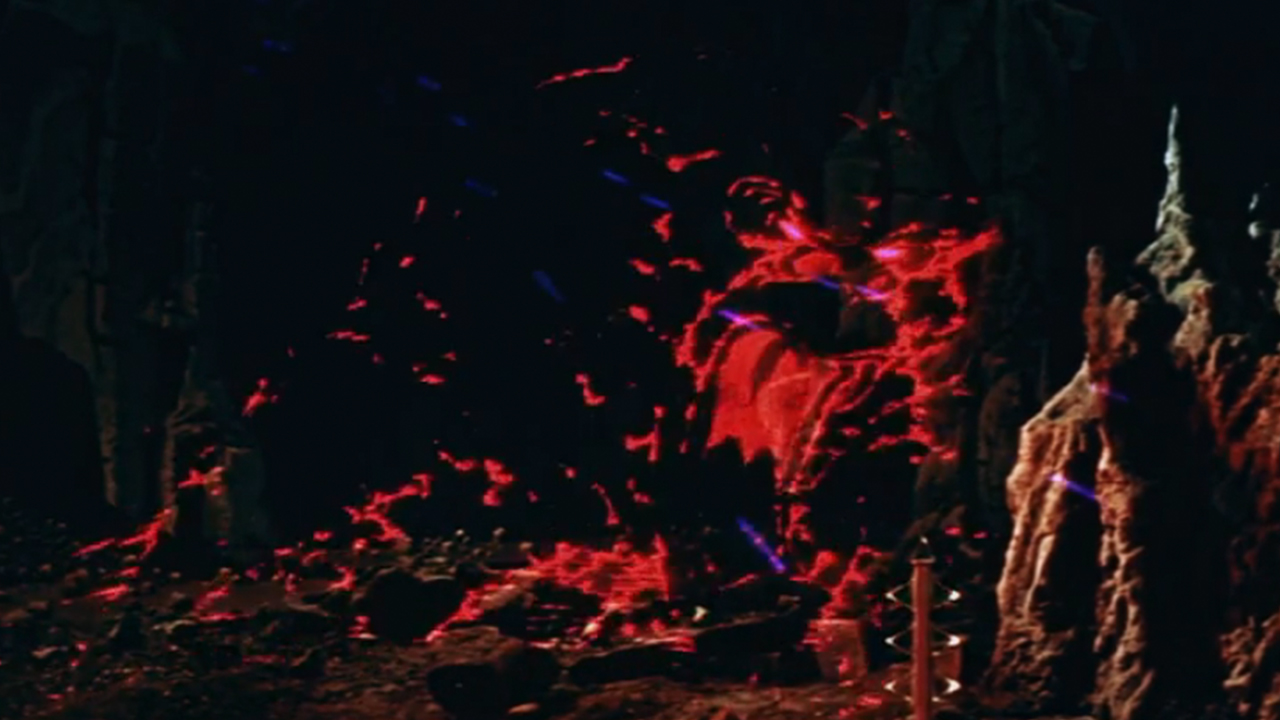
Holograms (Forbidden Planet)
I’m always amazed by how forward-thinking Forbidden Planet was back in 1956! It featured holograms, which were totally new to audiences then – you only saw things like that in science fiction. We haven’t *quite* achieved the holographic technology shown in the film, or in many movies since, but you *can* see something similar at concerts like Coachella and other live events now. We still haven’t mastered sending a message like Princess Leia did, but I have a feeling that’s not too far in the future, do you think?
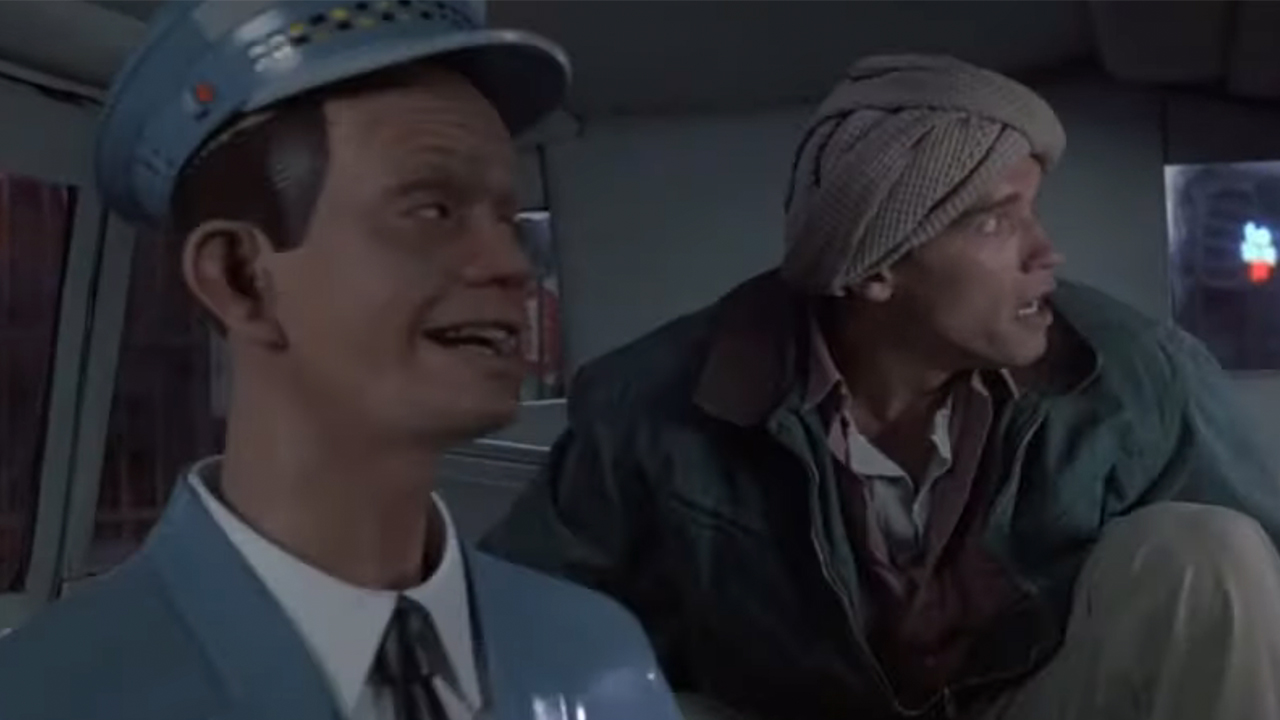
Autonomous Vehicles (Total Recall)
The idea of self-driving cars isn’t new – we’ve seen them in movies like Total Recall and other science fiction for a long time. Now, they’re actually becoming a reality, and we can expect to see even more of them on the roads in the years ahead. It’s quite possible that, before long, all cars will offer self-driving capabilities as an option.
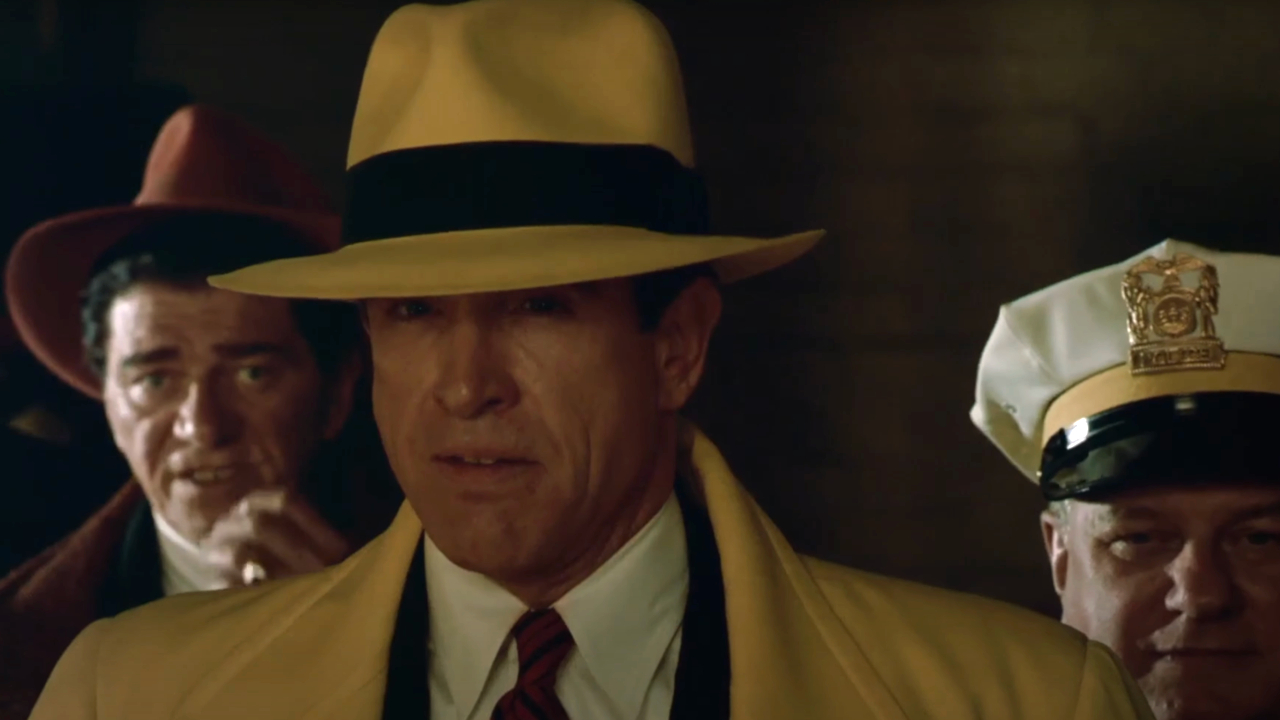
Smartwatch (Dick Tracy)
Let me tell you, wearable tech is everywhere right now. Remember Google Glass? A total flop. But smartwatches? Huge! I mean, mine is actually nagging me to stand up – apparently I’ve been glued to my chair working on this list for the last hour. It’s funny, because Dick Tracy was rocking a watch that was also a two-way radio way back when. It just goes to show, the idea isn’t new, but the tech has finally caught up! It’s a game changer.
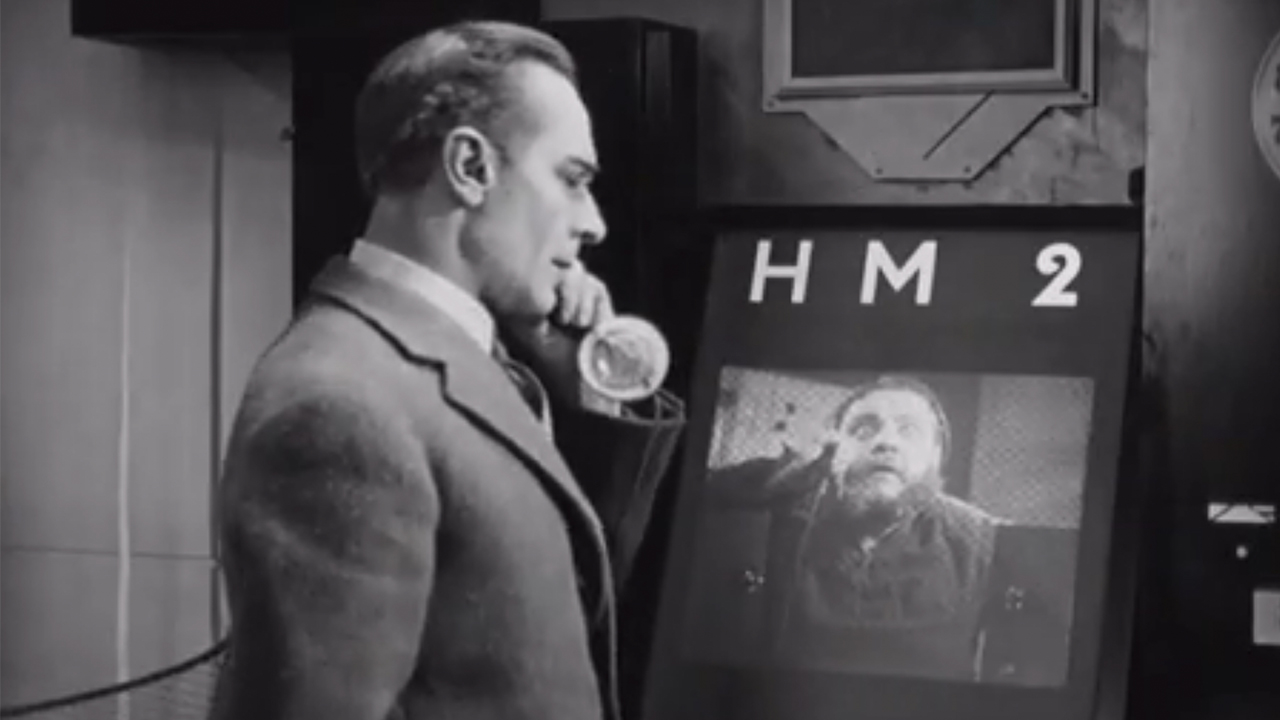
Video Communication (Metropolis)
Video calls and software such as Zoom and Google Meet have existed for quite some time. Their popularity significantly increased during the pandemic, and now they’re a common part of most people’s daily routines. It’s interesting to note that for many years, science fiction films and television programs have foreseen this becoming reality. A notable early depiction appeared around 100 years ago in the classic silent film Metropolis.
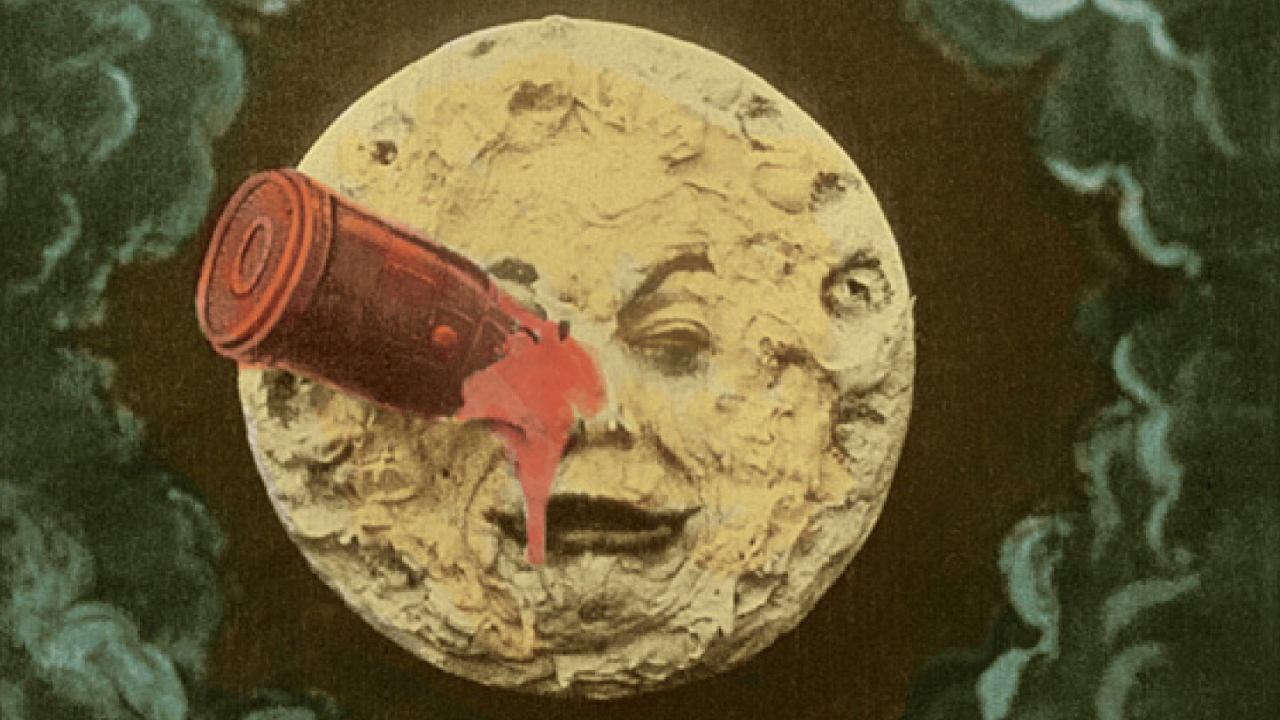
Space Travel (A Trip To The Moon)
Considered a very early science fiction film, A Trip To The Moon imagined space travel and humans landing on the Moon in 1902. This French silent film portrays a Moon that’s quite active and even perilous – certainly not how it actually is! And while the Apollo 11 mission didn’t literally land a rocket in the man in the moon’s eye, A Trip To The Moon did, at least, predict something about what was to come.
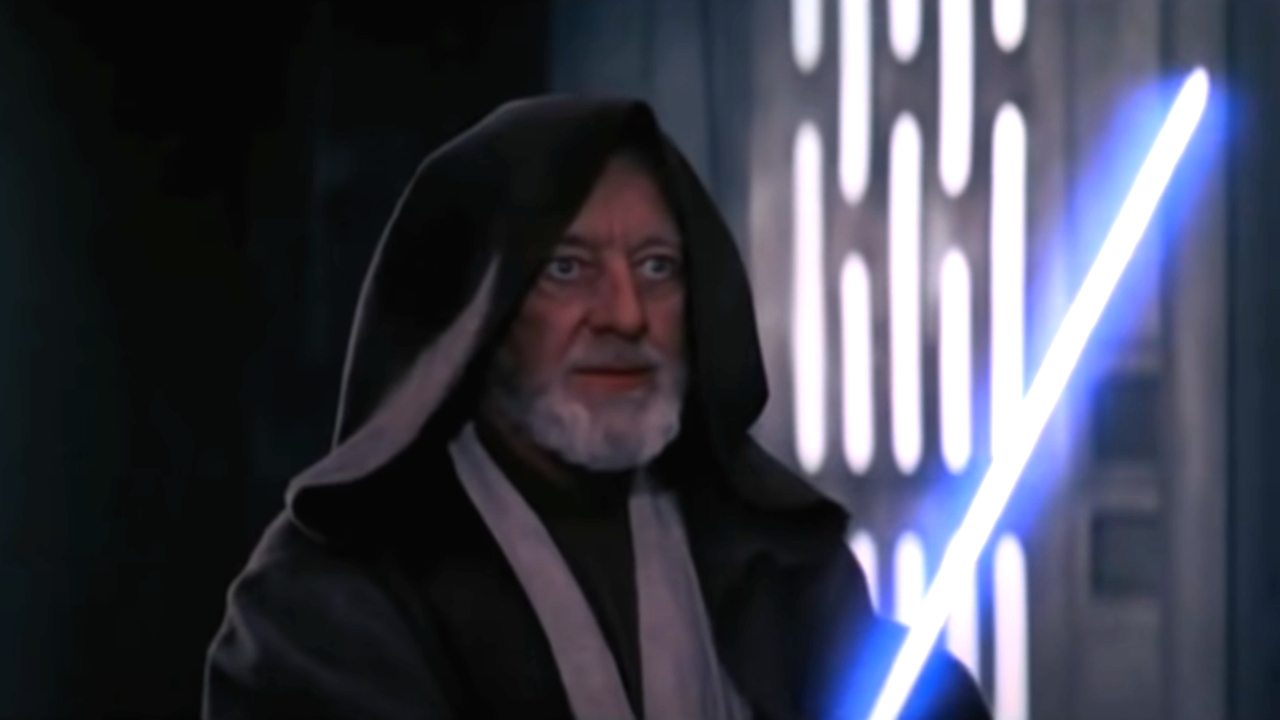
Lightsaber (Star Wars)
Okay, this might seem a little far-fetched – most of us aren’t using laser knives to chop onions or fighting in space with laser swords! – but lightsabers do exist in a way. According to Guinness World Records, a builder named Alex Burkan has created something at least somewhat similar to the famous, graceful weapon from the Star Wars franchise.
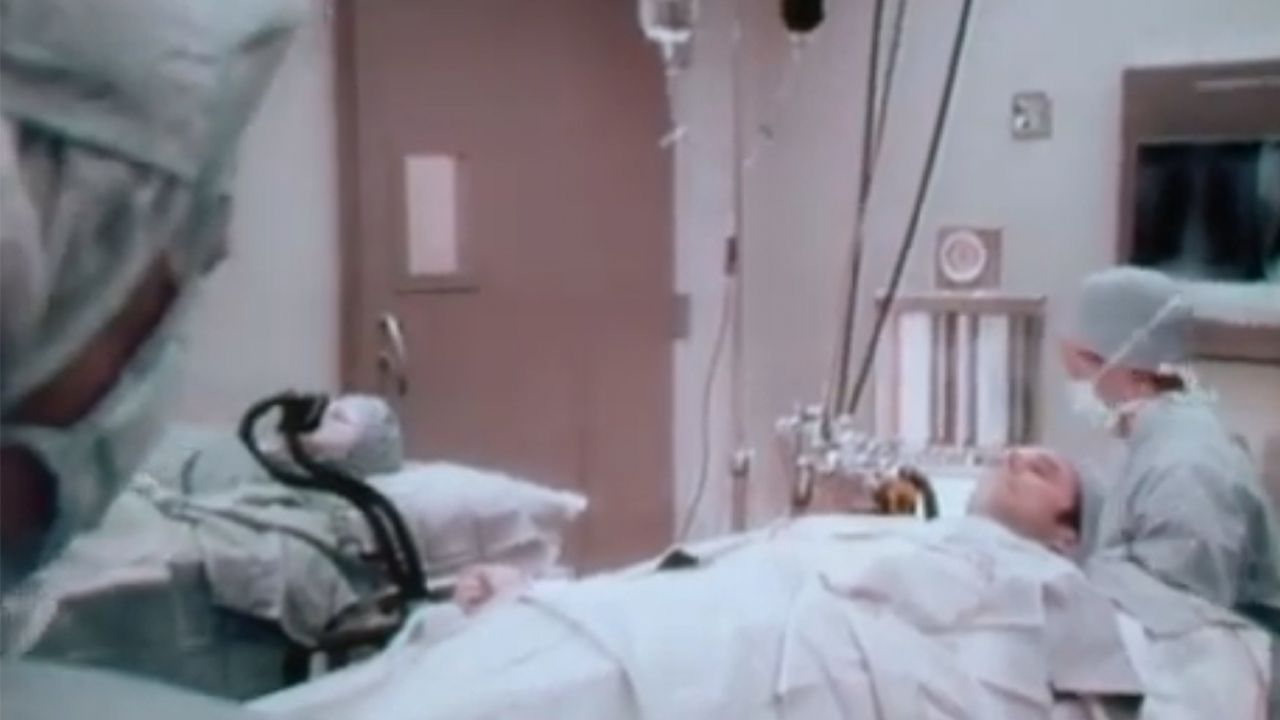
Cloning (The Resurrection of Zachary Wheeler)
As a longtime movie fan, I always thought The Resurrection of Zachary Wheeler (1971) was a fascinating film – and it seems it might have been the very first to explore the idea of cloning! It was definitely ahead of its time, though they didn’t use the word “cloning” as we know it today, being a low-budget movie. We’re not cloning people just yet, and honestly, maybe we shouldn’t, but we *are* definitely cloning other animals. It’s pretty wild to think about how this movie predicted things!
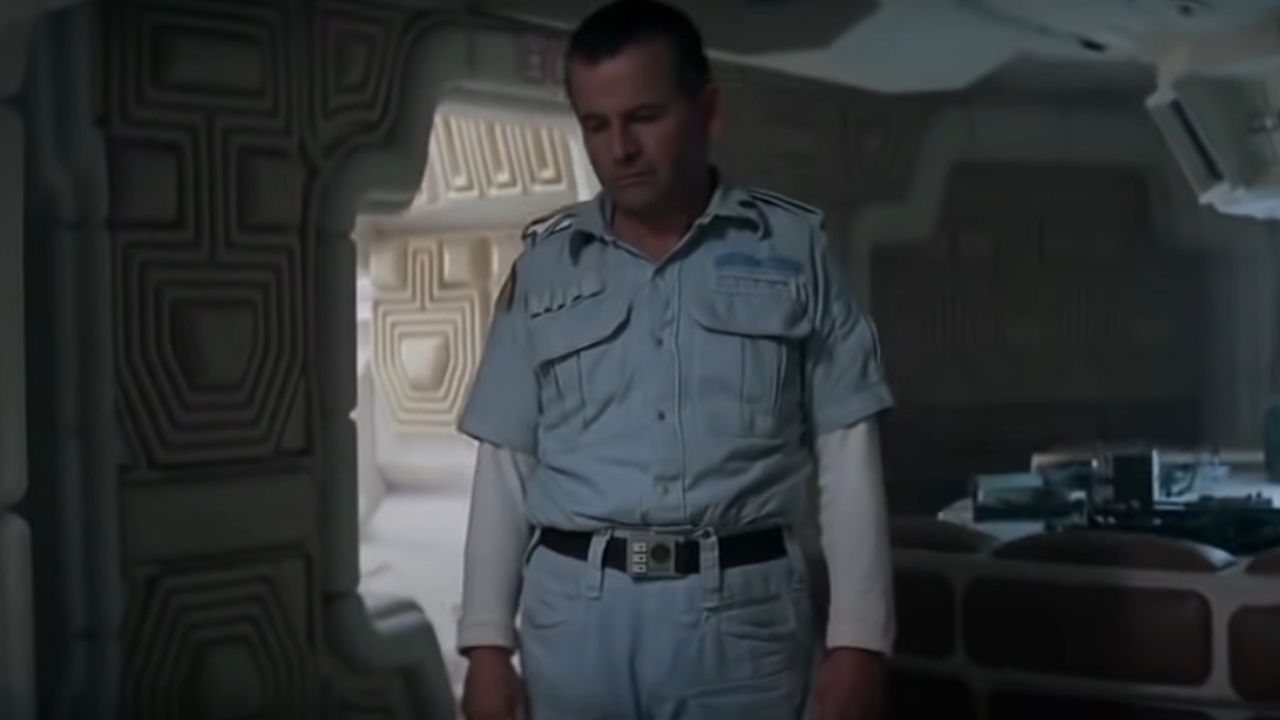
Androids (Alien)
For as long as people have been writing and making movies, androids have been a staple of science fiction. Robots, more broadly, have always captured our imaginations. A particularly famous example comes from the Alien series, beginning with Ridley Scott’s original 1979 film. While we don’t have true androids yet, the rapid progress in both artificial intelligence and robotics makes it feel like we’re getting closer and closer.
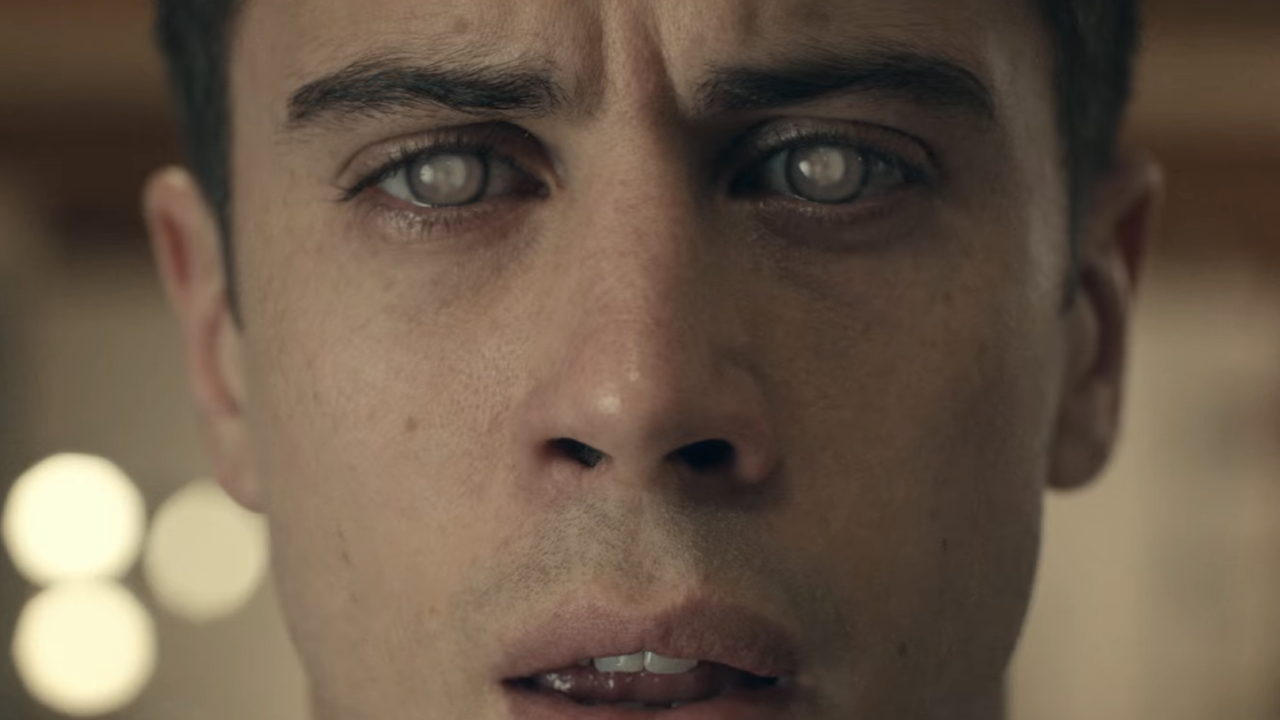
Neuralink Brain Implants (Black Mirror)
Several episodes of Black Mirror feature a device linked directly to the brain, letting people record what they see or connect their minds to a computer program. While we aren’t quite there yet, a device *does* exist that’s implanted in the brain, enabling someone to control a computer with just their thoughts. Many researchers are also working on the possibility of transferring our consciousness to a hard drive – a concept also explored in an episode of Black Mirror – which is a more distant and, honestly, much more unsettling prospect.
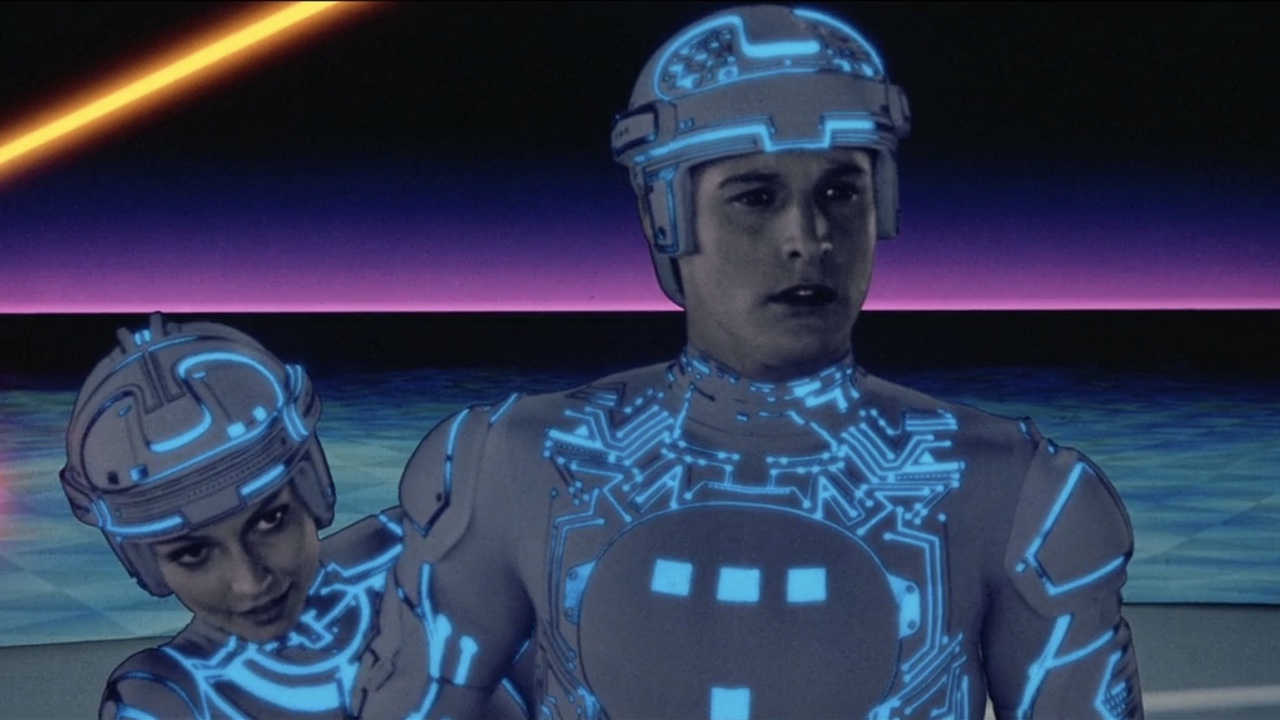
Virtual Reality (Tron)
Immersive video games are incredibly popular right now, though they aren’t quite as futuristic as the ones shown in the classic 1982 movie Tron. The idea of “virtual reality” has evolved over the years, and now “augmented reality” is becoming increasingly common. However, in the world of gaming, virtual reality experiences like the ones in Tron don’t seem that distant anymore.
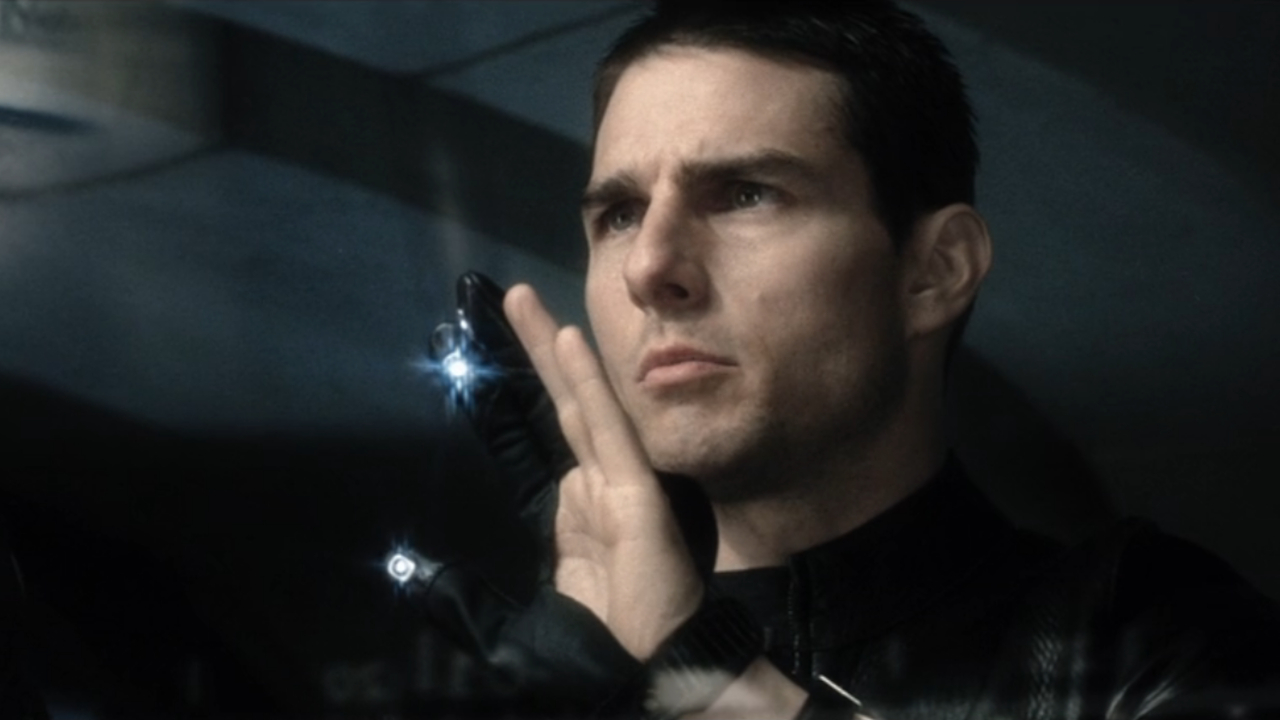
Personalized Marketing (Minority Report)
Personalized marketing is now a reality, although it’s not quite like the futuristic predictions in Minority Report. The advertising industry has been talking about this concept for many years. Early in my career, I worked for a company attempting to deliver personalized ads to mobile phones – and this was well over a decade before smartphones became commonplace. Even today, if you search for a pair of shoes online, you’re almost certain to not be able to avoid seeing more shoe ads.
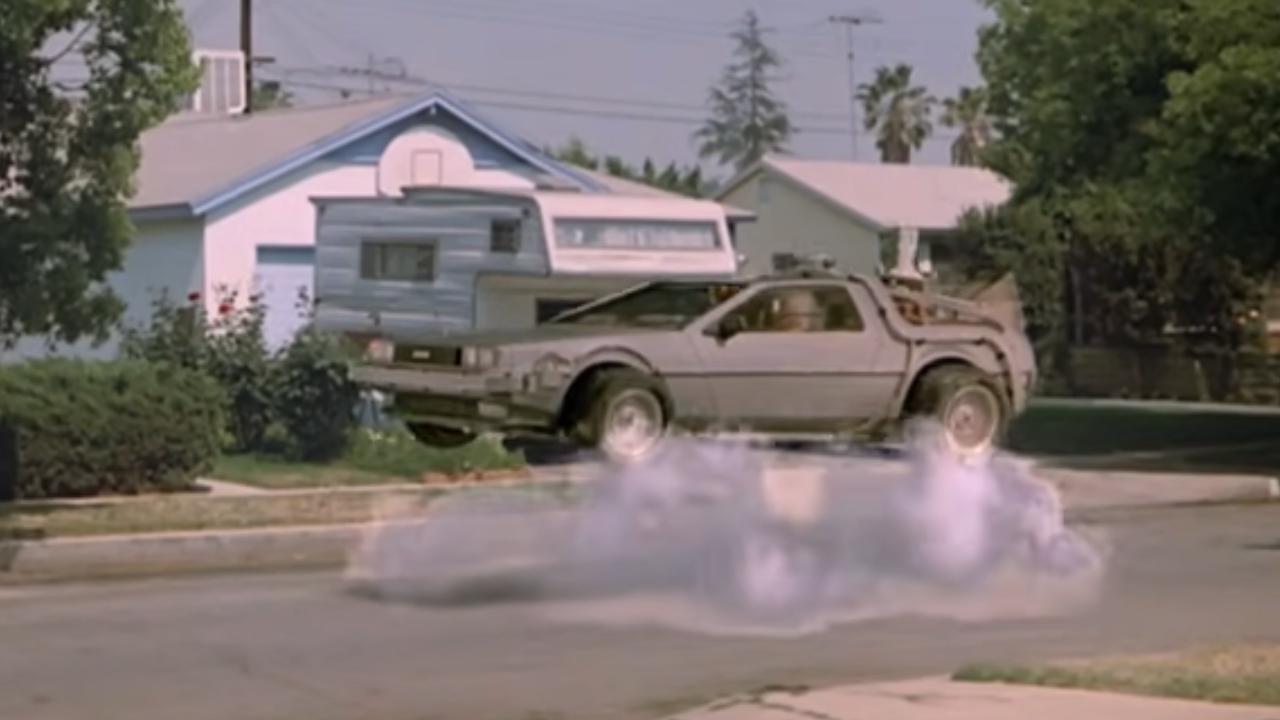
Flying Cars (Back To The Future Part II)
As a lifelong cinema fan, I’ve seen jetpacks and flying cars pop up in countless sci-fi films over the decades – seriously, for ages! It feels like every generation has grown up expecting to see flying cars become commonplace by the time *they* reach adulthood. We don’t quite have one in every garage yet, but honestly, they’re closer to reality than ever before, and there are definitely working prototypes out there now.
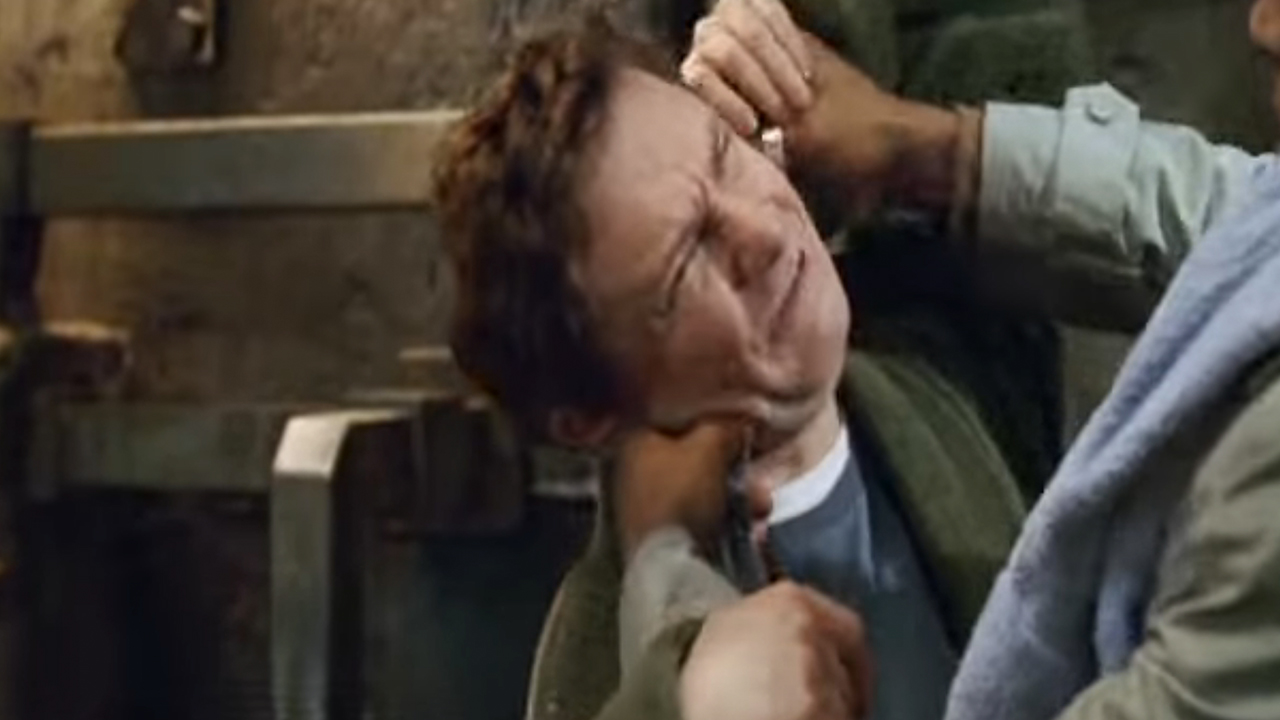
Audio Translation (The Hitchhiker’s Guide To The Galaxy)
Apple AirPods can now translate languages as you hear them, in real time. We’ve seen this kind of technology in science fiction for a long time – my personal favorite example is the Babel Fish from The Hitchhiker’s Guide To The Galaxy. It’s true that the Babel Fish isn’t exactly *new* technology within the books or their adaptations, but it definitely gets the job done when it comes to translating!
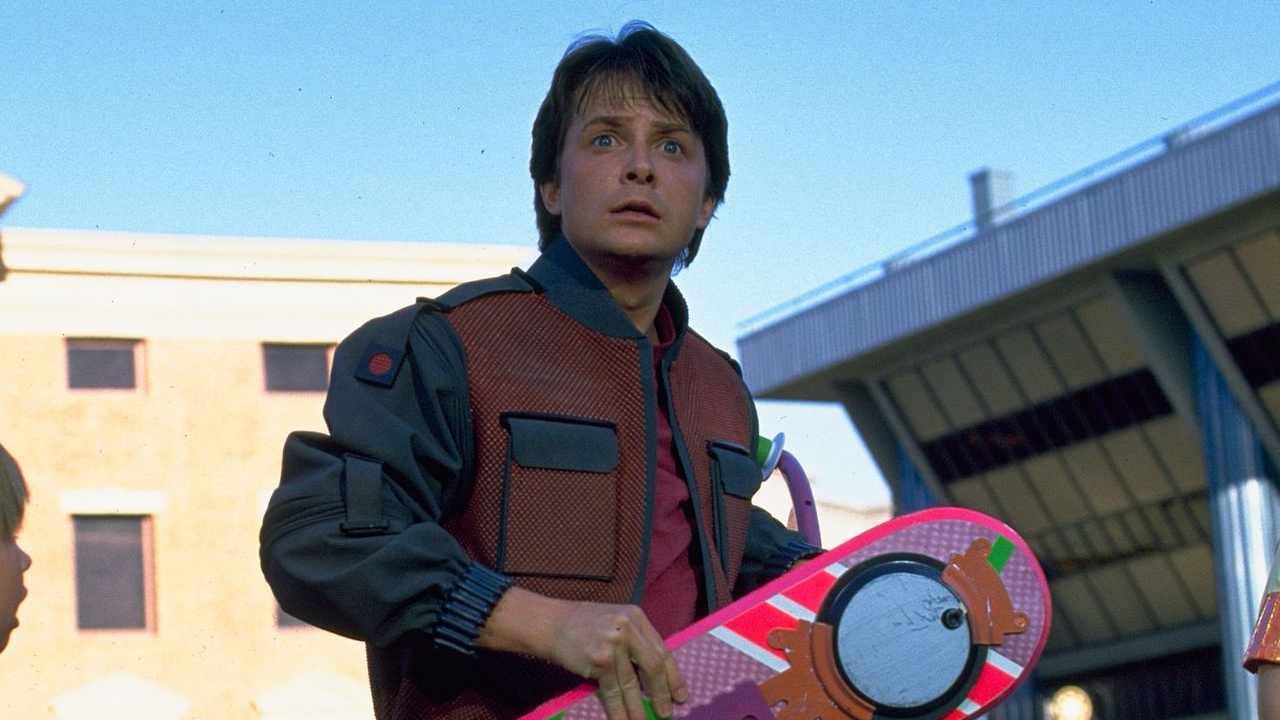
Hoverboard (Back To The Future Part II)
Back to the Future II imagined the future, but now that future is our past. Some of the gadgets shown in the movie are becoming real, though at different paces. The most popular invention from the film is definitely the hoverboard. While several products have been marketed as hoverboards over time, the one Tony Hawk tested out in 2015 came the closest to the movie’s version – and that year was, interestingly, the same year Marty McFly traveled to in the film.
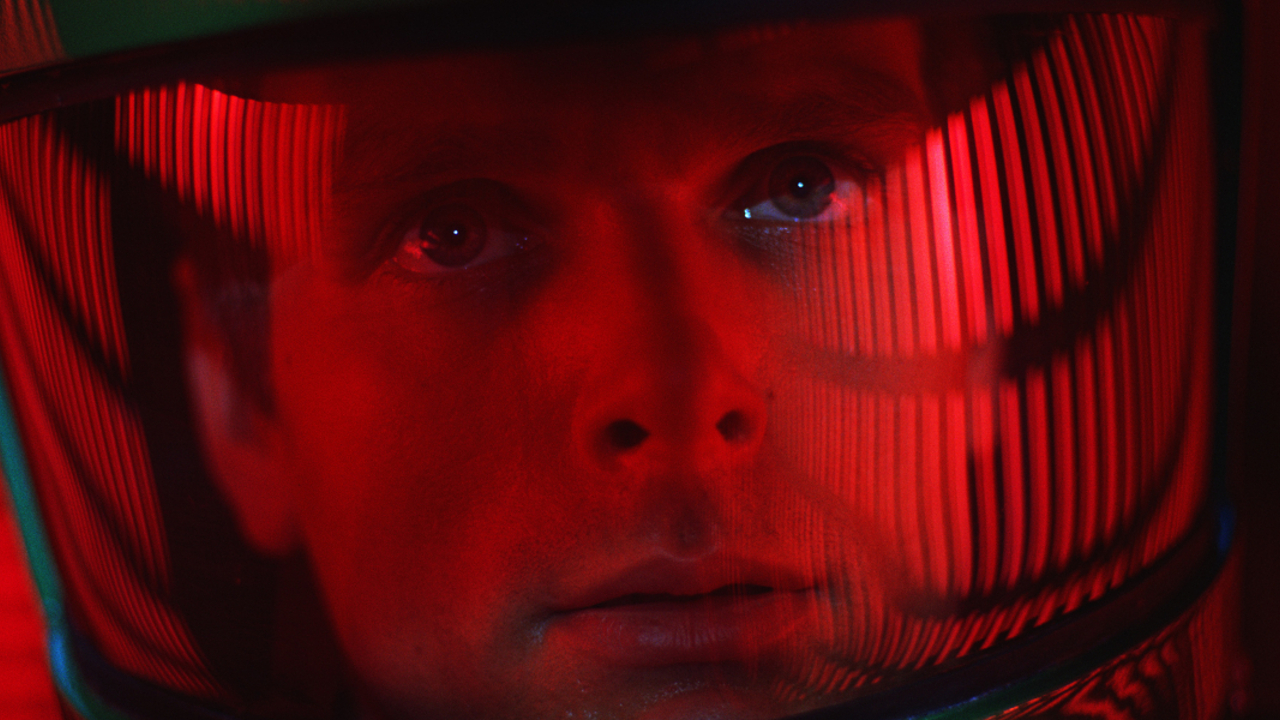
Voice User Interface (2001: A Space Odyssey)
Alexa from Amazon and Siri from Apple are only a couple of examples of voice-controlled systems that people have envisioned for decades-from the world of Star Trek to the film 2001.
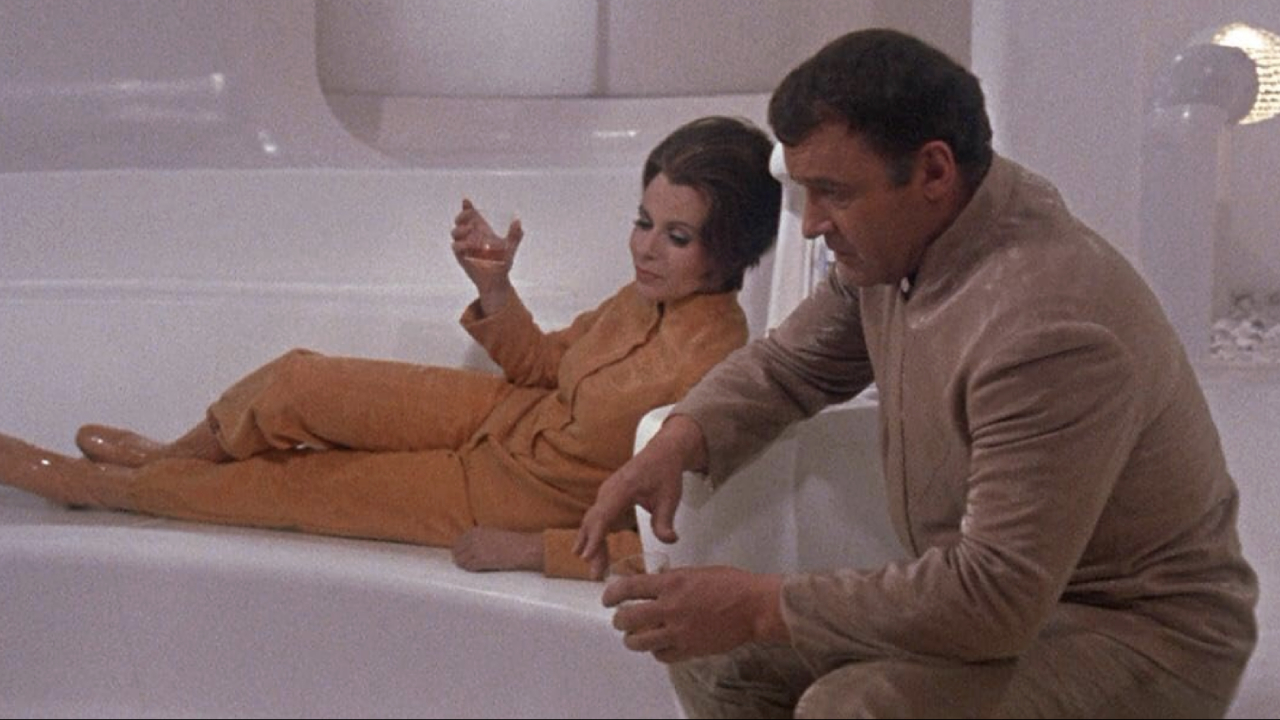
Smarthomes (The Illustrated Man)
In one part of this collection of stories inspired by Ray Bradbury, called “The Veldt,” a husband and wife discover that their ability to parent is being weakened by their high-tech house. A similar situation appeared more recently-in the 1980s, specifically-in The Running Man.
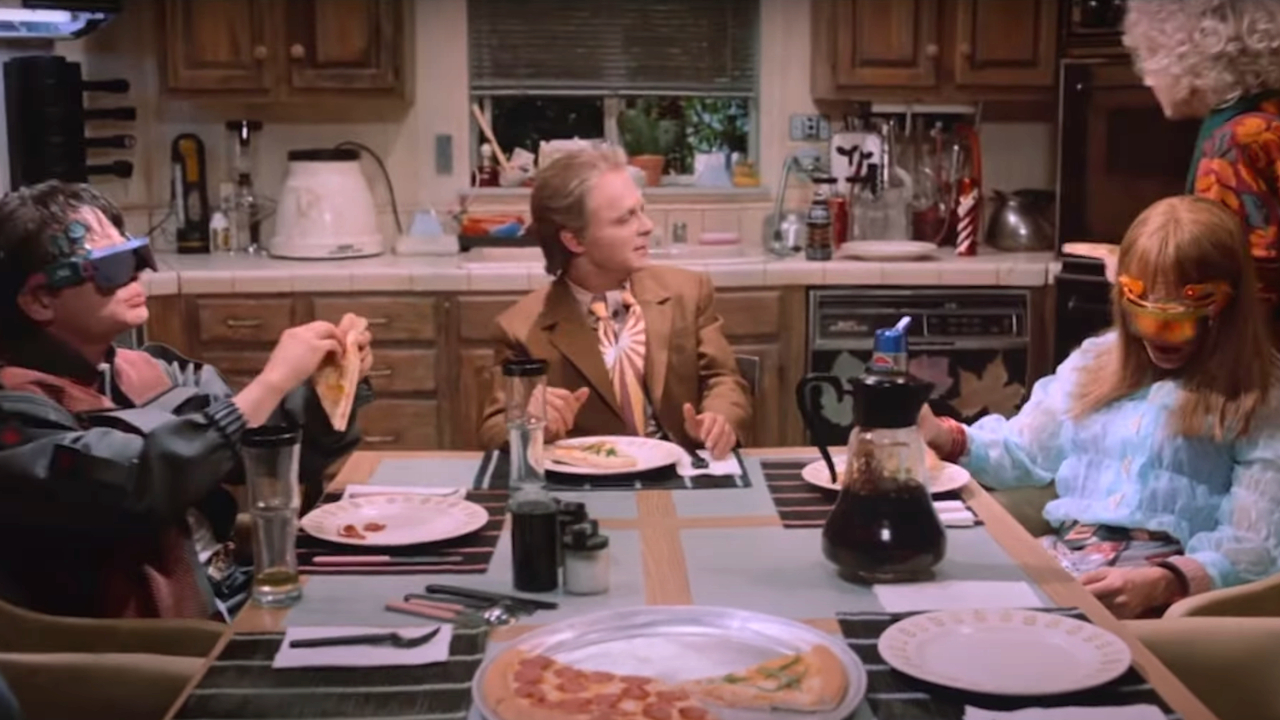
Smartglasses (Back To The Future Part II)
Back to the Future II surprisingly foresaw a lot of technology we now have today. As an example, Marty McFly Jr. has glasses that let him watch TV wherever he is. While Google Glass wasn’t successful, the tech world won’t stop trying to create functional smartglasses.
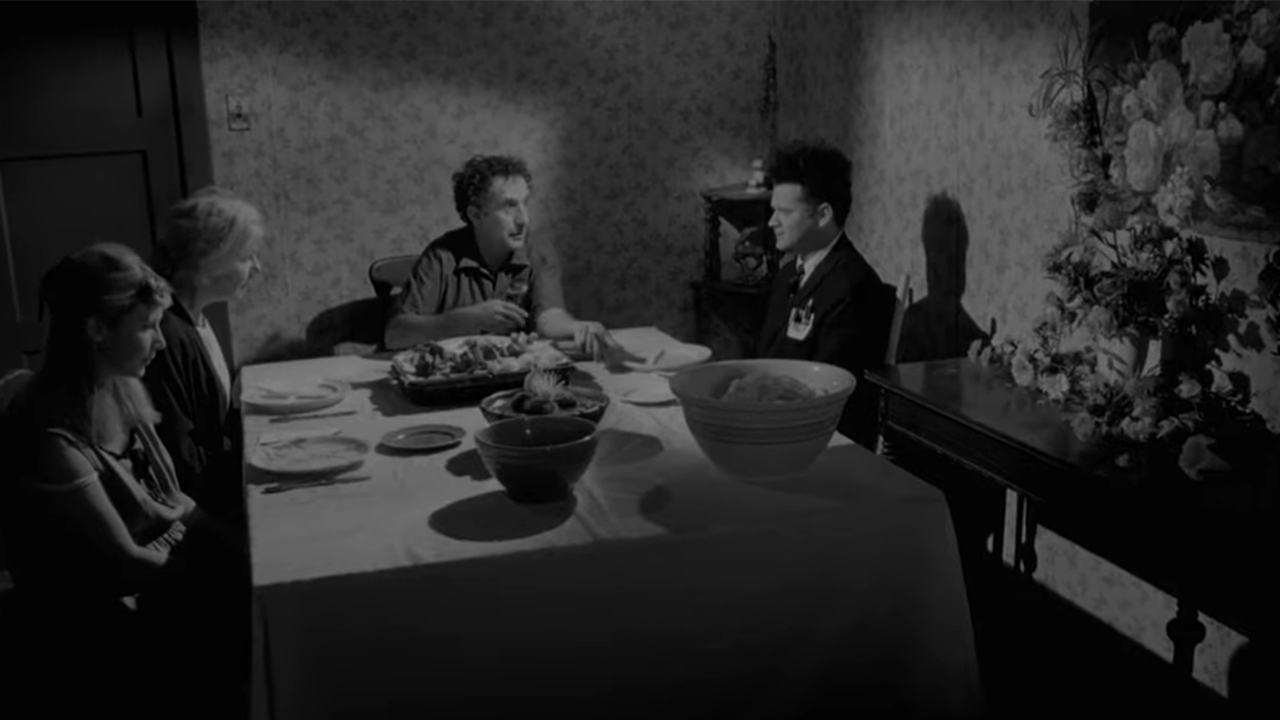
Synthetic Meat (Eraserhead)
The idea of lab-grown meat, such as Impossible Meat, isn’t new – it’s been a staple in science fiction and other fictional stories for a long time. It even showed up in a striking (and quite strange) way in director David Lynch’s first film, Eraserhead, back in 1977.
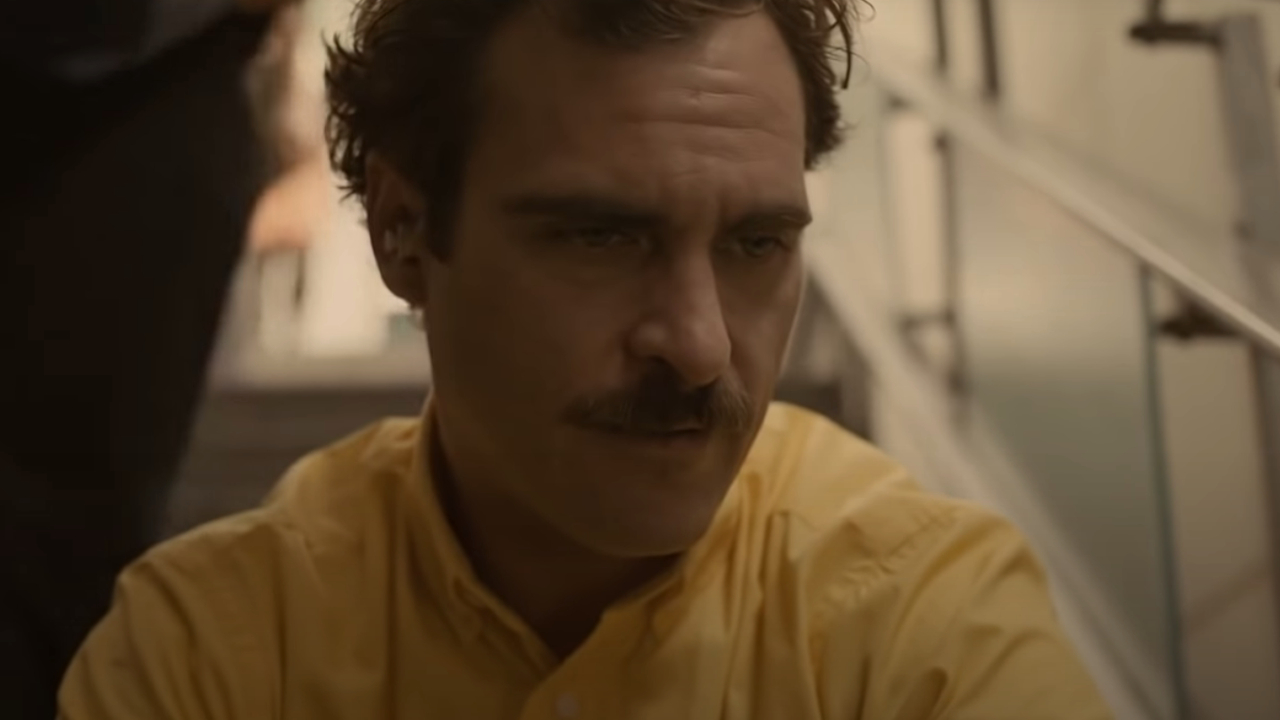
AI-Generated Art (Her)
In the film Her, Spike Jonze foresaw a future where computers could instantly generate books, music, and movies. While the film is relatively recent, we now live in a world overflowing with AI-generated art, with varying degrees of quality.
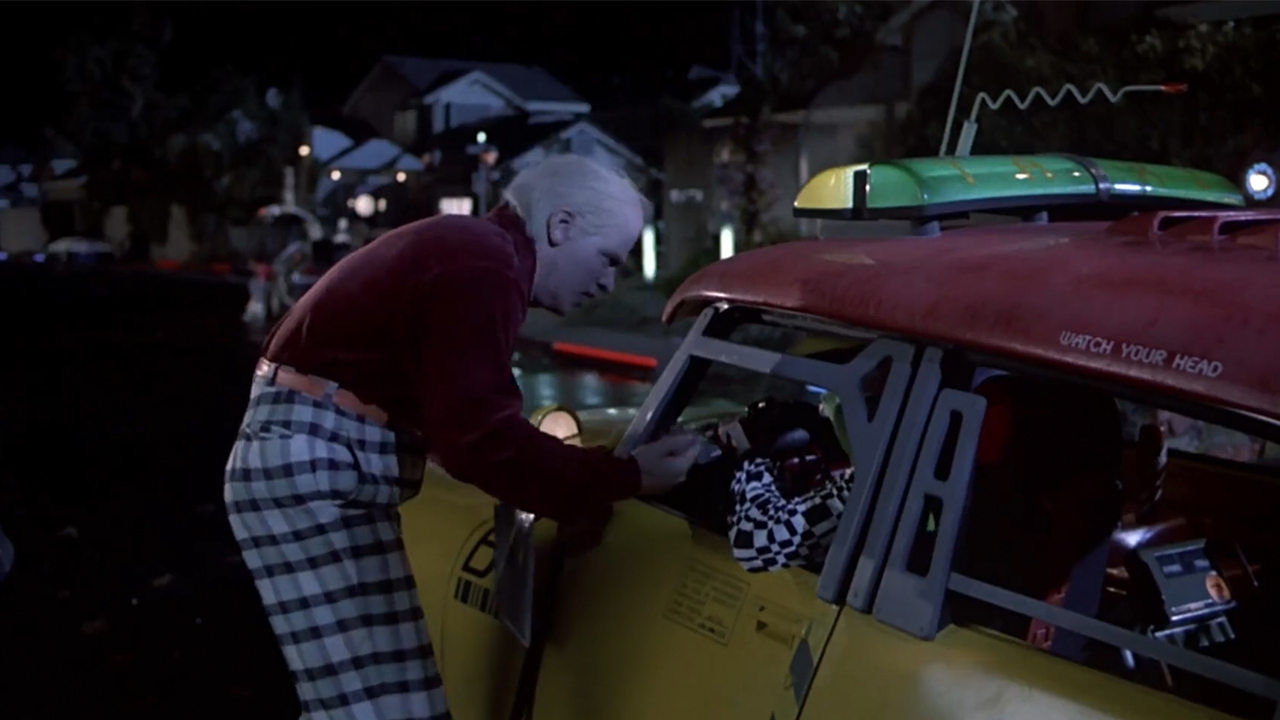
Biometric Payment (Back To The Future Part II)
In Back To The Future Part II, Biff pays for his taxi ride with a thumbprint. While that specific technology isn’t common today, we do use biometric technology – like fingerprints and facial recognition – to unlock our phones. And we often use those same phones to make contactless payments with our credit cards. It’s definitely feasible to combine these two methods, although we might not be quite ready to fully rely on it yet.
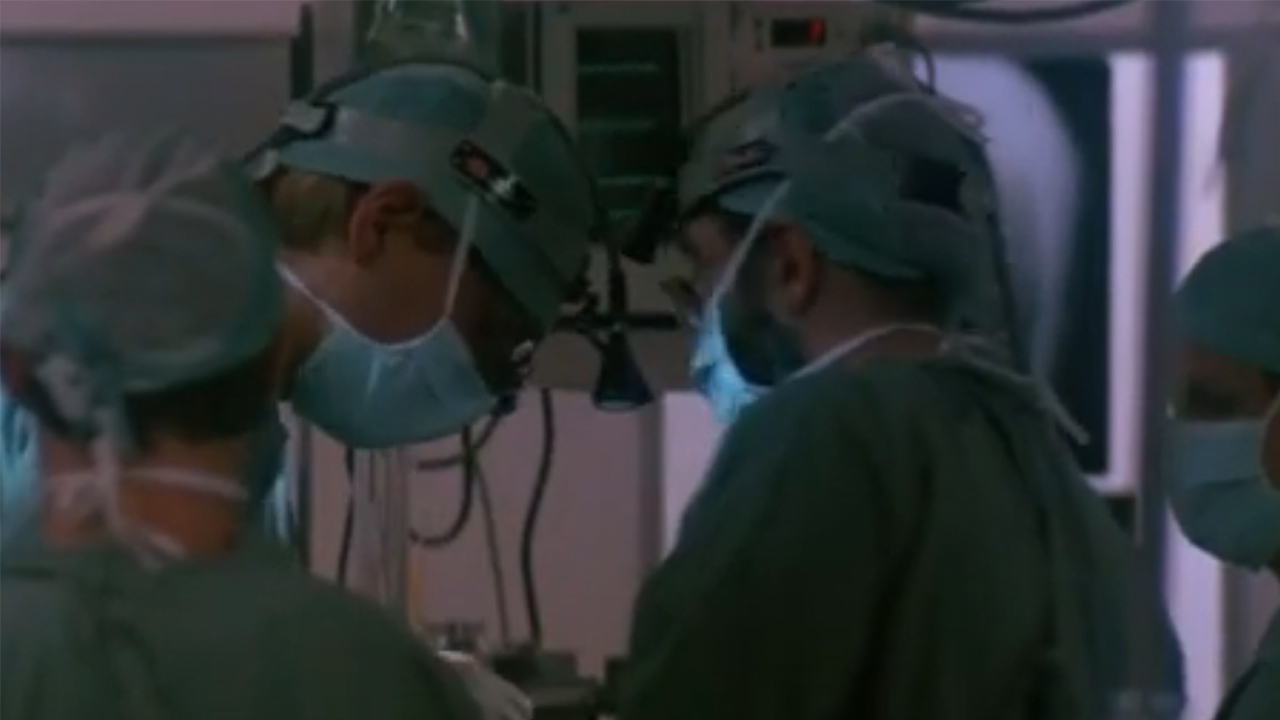
Artificial Heart (Threshold)
Although medical professionals had been trying for many years, the first time an artificial heart was successfully implanted into a person was in 1982. Interestingly, the 1981 film Threshold, featuring Donald Sutherland and Jeff Goldblum, foreshadowed this achievement – predicting its possibility just a few months before it actually happened.
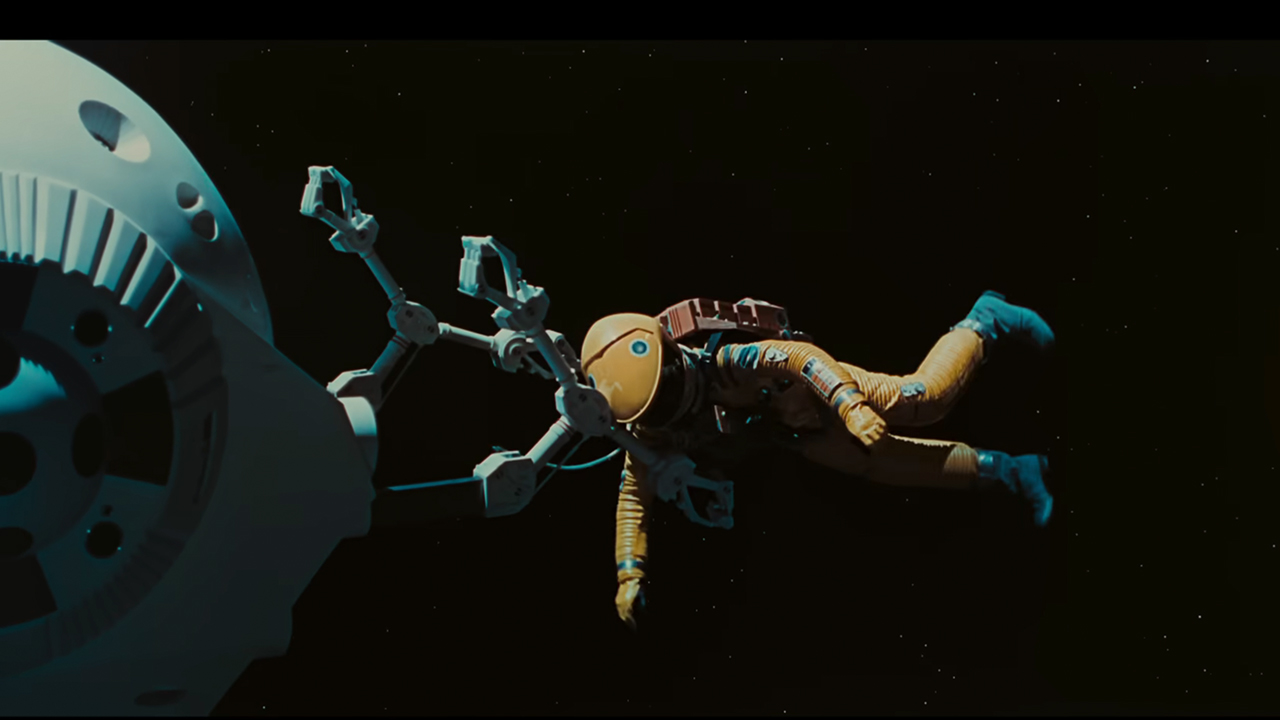
Space Stations (2001: A Space Odyssey)
The idea of space stations, famously depicted in the 1969 film 2001: A Space Odyssey, quickly became reality. The Soviet Union launched the first one, Salyut 1, in 1971, and the United States followed with Skylab in 1973. Since then, many different versions of these orbital outposts have been built and used.
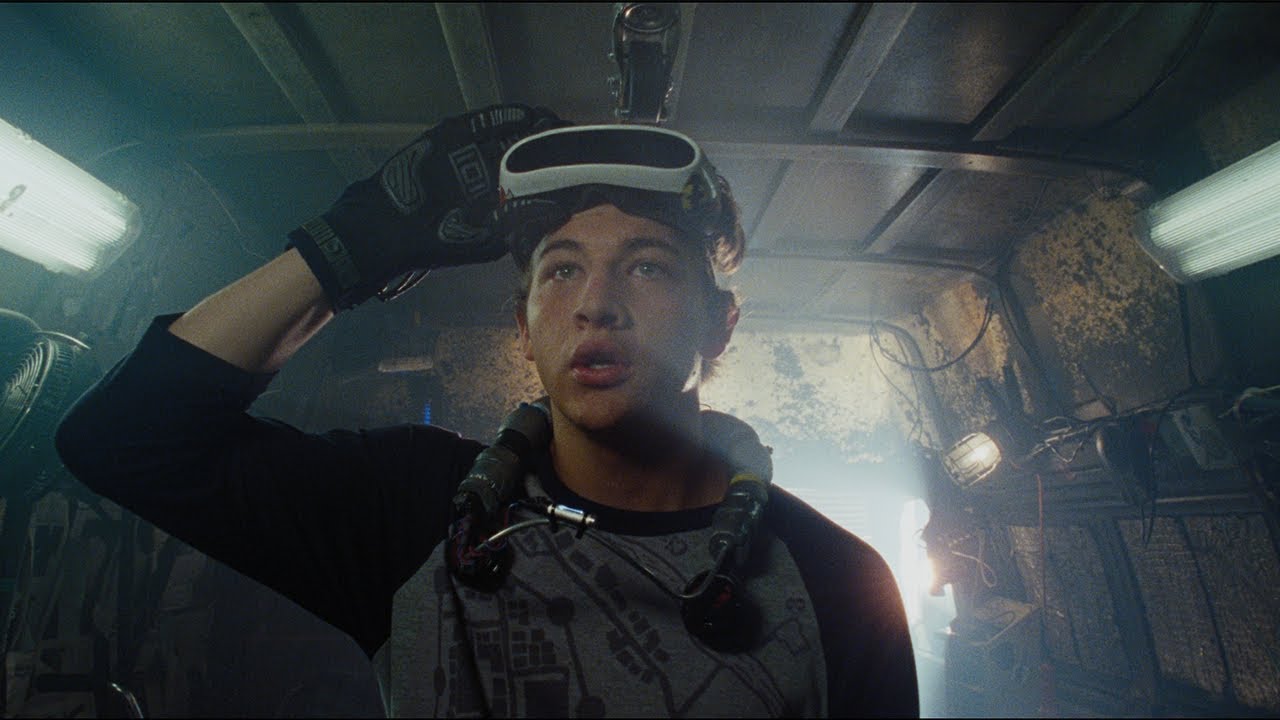
The Metaverse (Ready Player One)
When Mark Zuckerberg initially talked about the Metaverse, my first thought was Ready Player One. While we aren’t currently escaping into virtual reality, it doesn’t seem far-fetched that the somewhat bleak future shown in the movie could actually happen. Hopefully, the real Metaverse will be filled with as many hidden surprises, or Easter Eggs, as Ready Player One does, at the very least.

Milk Engine (Phil Of The Future)
In an episode of the Disney Channel sci-fi show Phil Of The Future, Phil and Keely create a machine that automatically serves pudding. This machine is powered by an engine that runs on milk, which worries Phil’s father. He’s afraid their invention-something that won’t be around for many years-will give away that they’re from the 22nd century. Interestingly, scientists actually began trying to turn lactose into ethanol fuel in 2023. While it’s not widely available yet, it appears to be a developing technology.
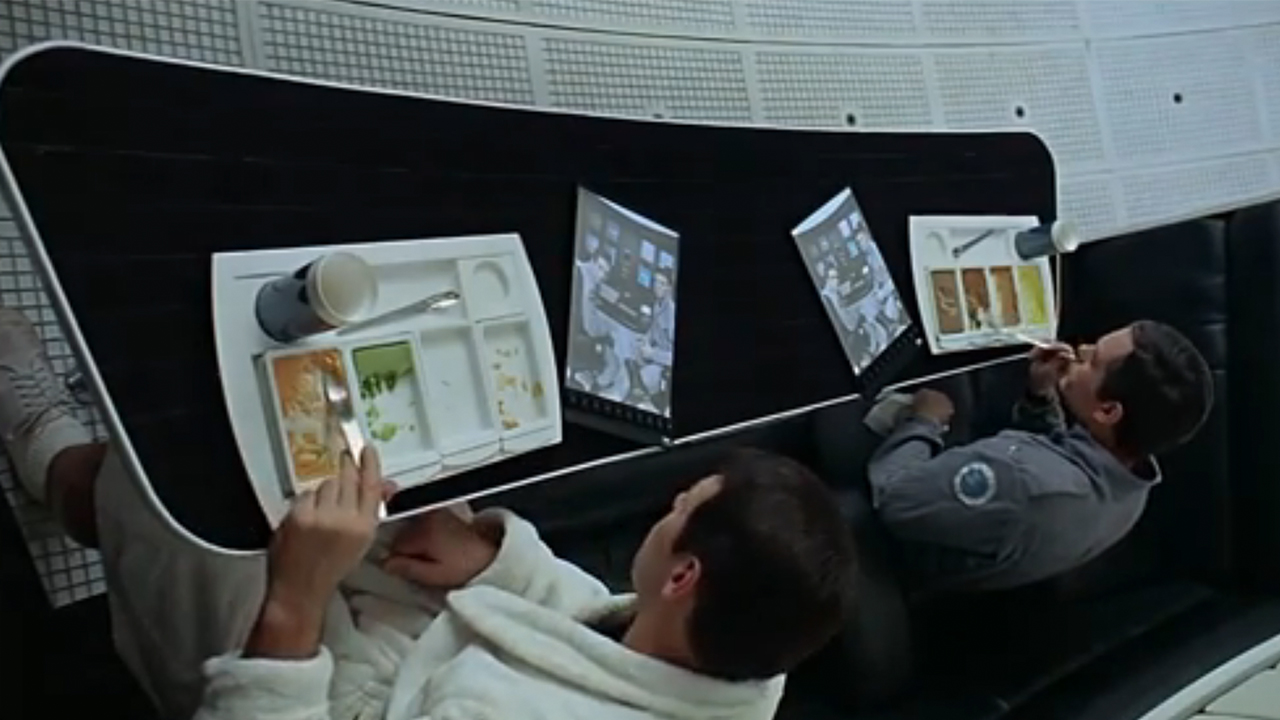
Tablets (2001: A Space Odyssey)
As a big fan of 2001: A Space Odyssey, I’ve always found it fascinating how ahead of its time the film was. Those devices the astronauts used to watch the news – they called them “newspads” – are essentially what we know today as iPads or tablets. It’s wild to think they imagined something like that back then!
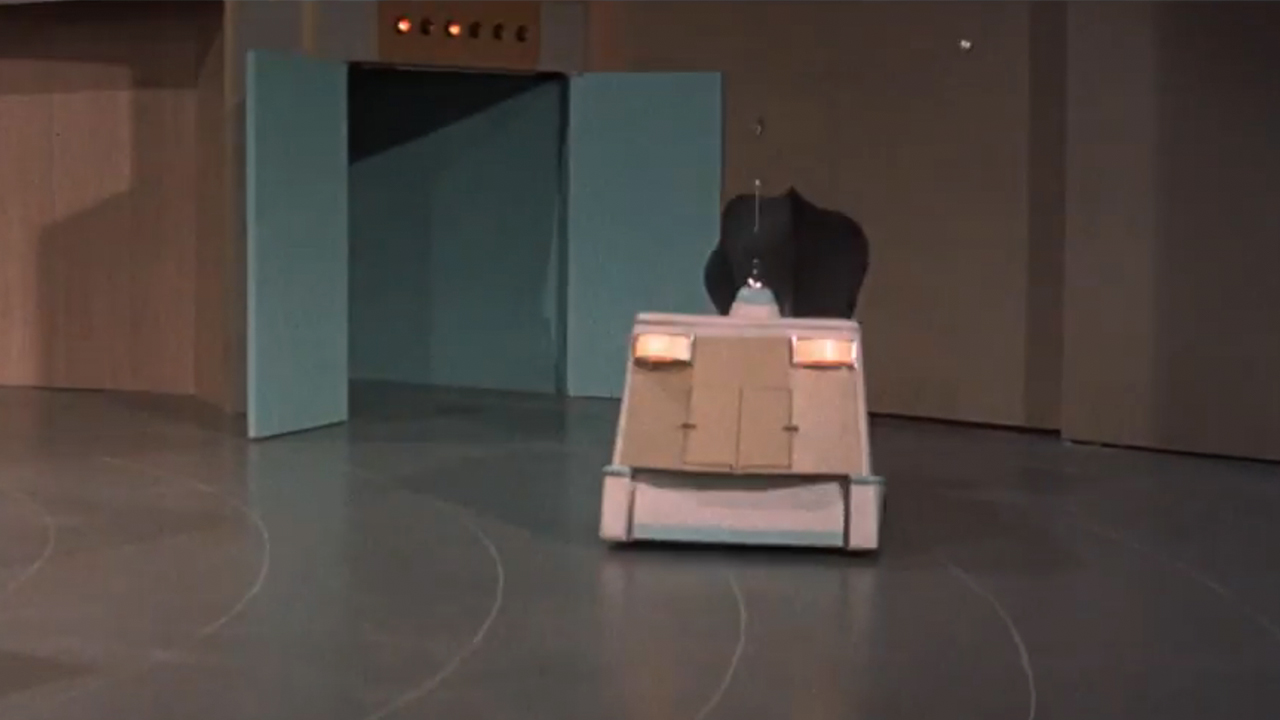
Robot Vacuums (The Glass Bottom Boat)
In the 1966 romantic comedy The Glass Bottom Boat, Bruce (Rod Taylor) runs a company that makes gadgets. One of his numerous inventions is remarkably similar to an early version of a Roomba. It’s a small, robotic vacuum cleaner that seems almost comical, but considering how common they are today, there’s nothing funny about them! Well, they are a little silly, but they definitely make life easier!
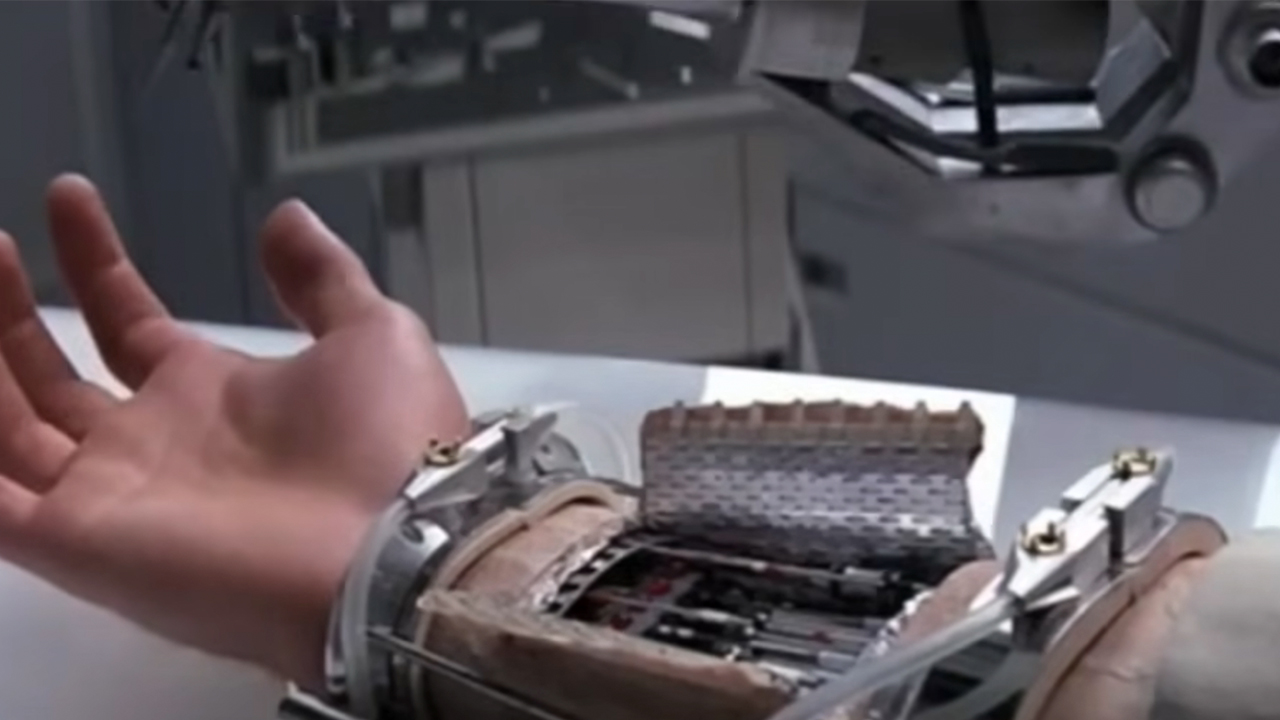
Bionic Limbs (The Empire Strikes Back)
Many people recall Luke Skywalker’s artificial arm in The Empire Strikes Back. Today, similar prosthetic arms (and other limbs) are available, although they aren’t quite as lifelike as the one Luke had.
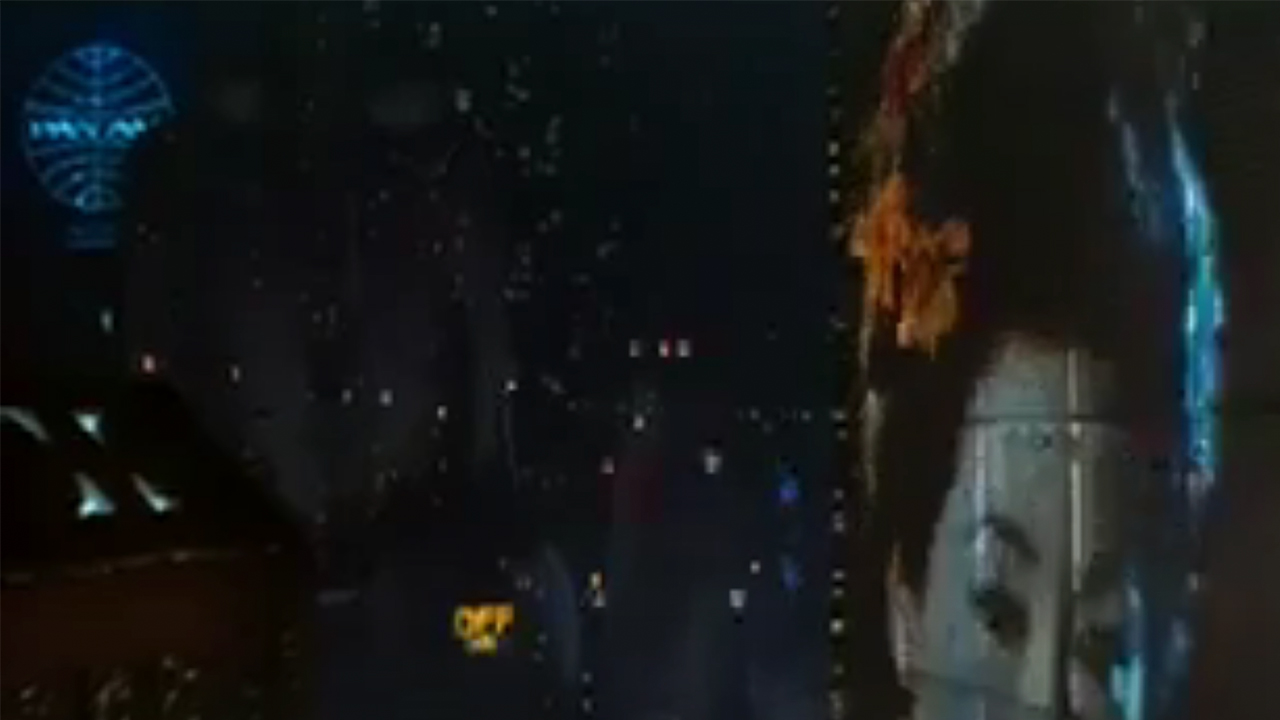
Digital Billboards (Blade Runner)
In Blade Runner, the future shares at least one similarity with today: advertising billboards. When the movie came out in 1982, large digital billboards weren’t common. Now, you can find them all over the place – from Times Square to the highways of Iowa. They’re ubiquitous, and just as distracting as they are in Blade Runner.
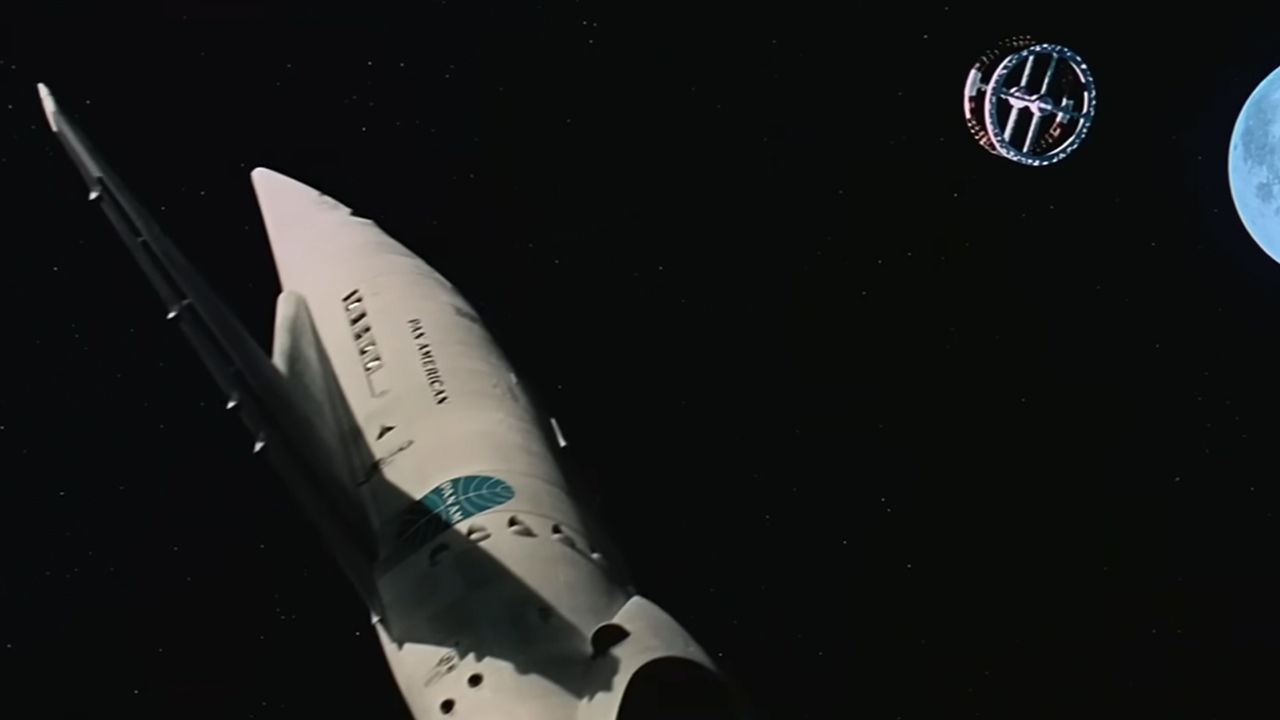
Commercial Space Travel (2001: A Space Odyssey)
2001: A Space Odyssey was remarkably prescient when Stanley Kubrick created it in the late 1960s. The film featured commonplace commercial space travel. Although we haven’t reached that point yet – and the airline Pan Am no longer exists – we now have space tourism, albeit currently limited to those with immense wealth, like tech billionaires or Katy Perry. Hopefully, someday, space travel will be accessible to everyone!
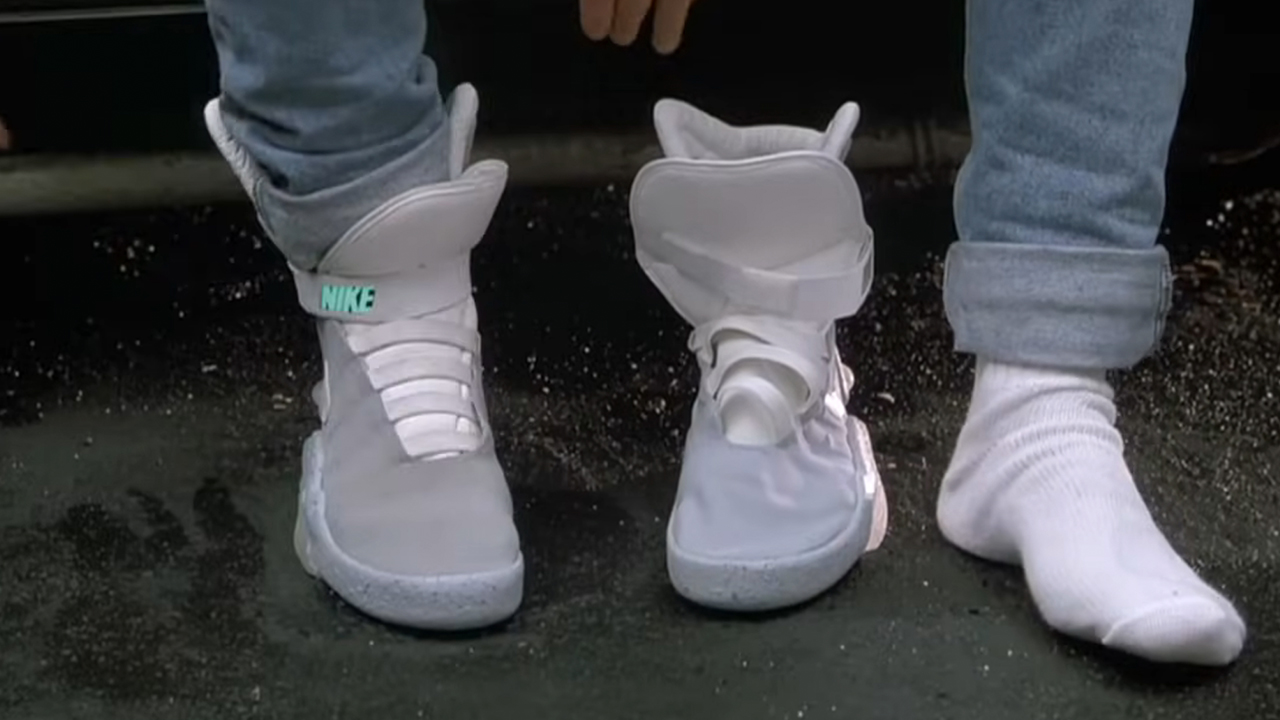
Self-Tying Shoes (Back To The Future Part II)
It’s amazing how often Back To The Future Part II accurately predicts future technology! This time, it’s self-lacing shoes – or “power laces,” as Marty McFly calls them in the film. They are actually made by Nike! It’s really impressive how many times classic sci-fi movies have foreshadowed things to come, and usually for the better.
Read More
- Mobile Legends: Bang Bang (MLBB) Sora Guide: Best Build, Emblem and Gameplay Tips
- Brawl Stars December 2025 Brawl Talk: Two New Brawlers, Buffie, Vault, New Skins, Game Modes, and more
- Clash Royale Best Boss Bandit Champion decks
- Best Hero Card Decks in Clash Royale
- Best Arena 9 Decks in Clast Royale
- Clash Royale December 2025: Events, Challenges, Tournaments, and Rewards
- Call of Duty Mobile: DMZ Recon Guide: Overview, How to Play, Progression, and more
- All Brawl Stars Brawliday Rewards For 2025
- Clash Royale Best Arena 14 Decks
- Clash Royale Witch Evolution best decks guide
2025-09-30 01:42